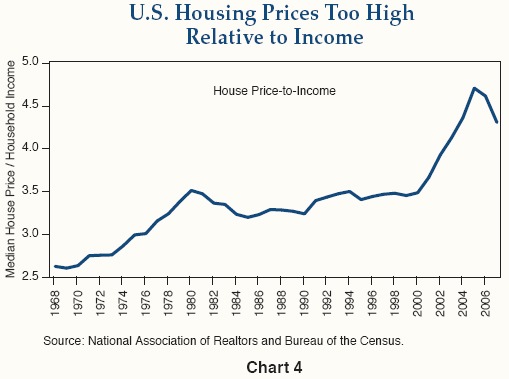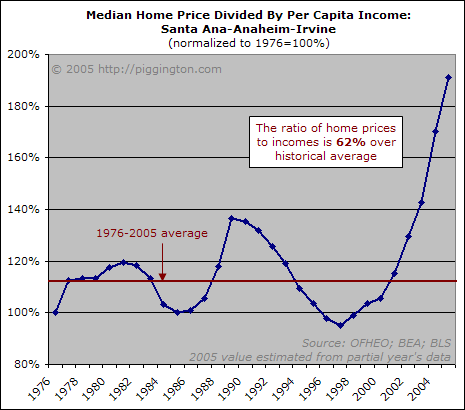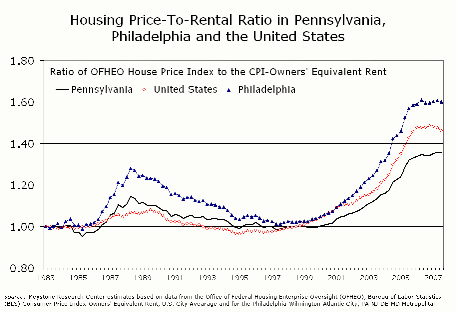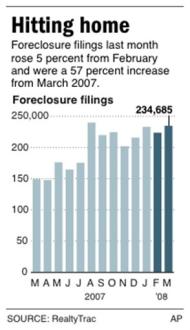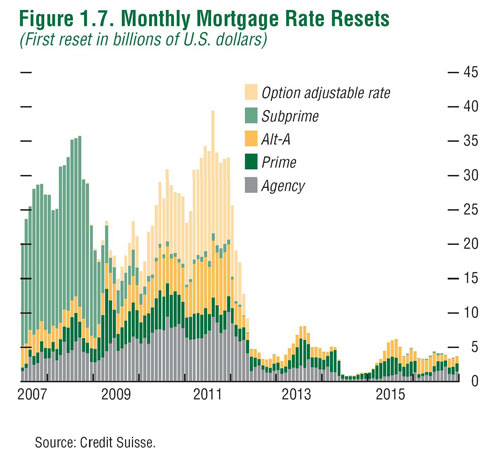I am not one to use the term Armageddon lightly. But when major banks like National City (NCC) and Washington Mutual (WM) are trading under 30% of book and Wachovia (WB) is trading at under 50% of book value, what othe term is appropriate? The market is pricing in a fair probability of a number of very large banks being bought out at firesale prices (like just happened to PFB) or being taken over by the FDIC and then being dismantled.
That being said, while the coming two years will be a very bad time to own bank stocks or bonds or to have uninsured deposits at banks (over the $100,000 FDIC limit), the economy will not completely collapse (though we should have a decent recession) and the world will move on.
The main thing to do is make sure that you and any friends and relatives never have more than $100,000 at any bank. If you wish to keep more, you may want to visit the FDIC website to see if your type of account is protected for more money (some are). You can search for your bank here and find out if it is insured by the FDIC and you can view financial information on your bank, even if it is private. For example, try searcing for “Home State Bank NA” in zip code 60014* (see random note at bottom of post). Then click on “Last Financial Information”, and on the next page click on “generate report”. This brings you to the bank’s balance sheet. If you click on the link towards the bottom for “past due and nonaccrual assets”, you will be taken to the good stuff. You can see that past-due loans have more than doubled over the last year. Unsurprisingly, much of the increase ($2.5m) was from “construction and land development loans”. It also pays to note that this big increase in past-due loans was solely in the 30 to 89 days late category. A more agressive bank might still be accruing interest on those loans. However, this is a conservative community bank and as you can see towards the bottom of the page, all loans that are more than 30 days late are non-accrual. (An interesting discussion of regulatory vs. tax requirements for deciding which loans are non-accruing can be found here.)
If you go back to the main balance sheet page and click on “net loans and leases” you can find the breakdown of loans. This is a good place to find out how risky your bank’s loan portfolio is. Unfortunately for Home State Bank, 20% of their loans are construction and land development loans. This bank is based in the far northwest exurbs of Chicago, so I think it likely that the bank will take a huge hit here. If you click on “1-4 family residential” you can see the breakdown of these loans. Luckily, most of these are first mortgages. Overall, Home State Bank looks okay. What about your bank?
If you have accounts as a credit union, visit NCUA to see details on insurance of your deposits. You can find your credit union and then request that a financial report be emailed to you. As an example I uploaded the report on my credit union. You can download the Excel Spreadsheet here. When analyzing credit unions, be aware that they will generally have more real estate exposure than similar commercial banks. Important things to examine are delinquent loans as a percent of assets (sheet 2, line 21 in the spreadsheet), asset mix including the amount of REO (sheet 4). If you are afraid of a bank run sparked by articles similar to this, take a look at the amount of uninsured deposits (sheet 5, lines 46-50). Delinquent loan info is always interesting (sheet7). For most of the data in the spreadsheet, an average of peer group credit unions is provided as well, making comparison easy. Overall, I think West Community looks quite safe.
What should you do if your bank doesn’t look safe (such as National City, where I have multiple accounts)? First thing that you should do is make sure your deposits are insured. Then make sure that you have enough cash in safer banks so that you can last awhile if you temporarily lose access to your money. Up until now the FDIC has been very good at getting depositors quick access to their insured deposits at a failed bank, but if things get really bad and big banks go down the FDIC could become backed up and take weeks or months to grant depositors access to their money. It pays to be prepared for such a scenario, even if it is unlikely.
*This bank, by the way, provided me with my first mortgage. Easiest mortgage I ever got — my father and I ran into Steve Slack, the bank president, while dining at the local country club, and I mentioned that I was buying a house in St. Louie. Slack gave me his card and told me to give him a call when I get close to finding a house. There are benefits to relationship banking–my extended family has banked there for three generations and uses the bank for a family company.
Disclosure: I am short several regional and local banks.

